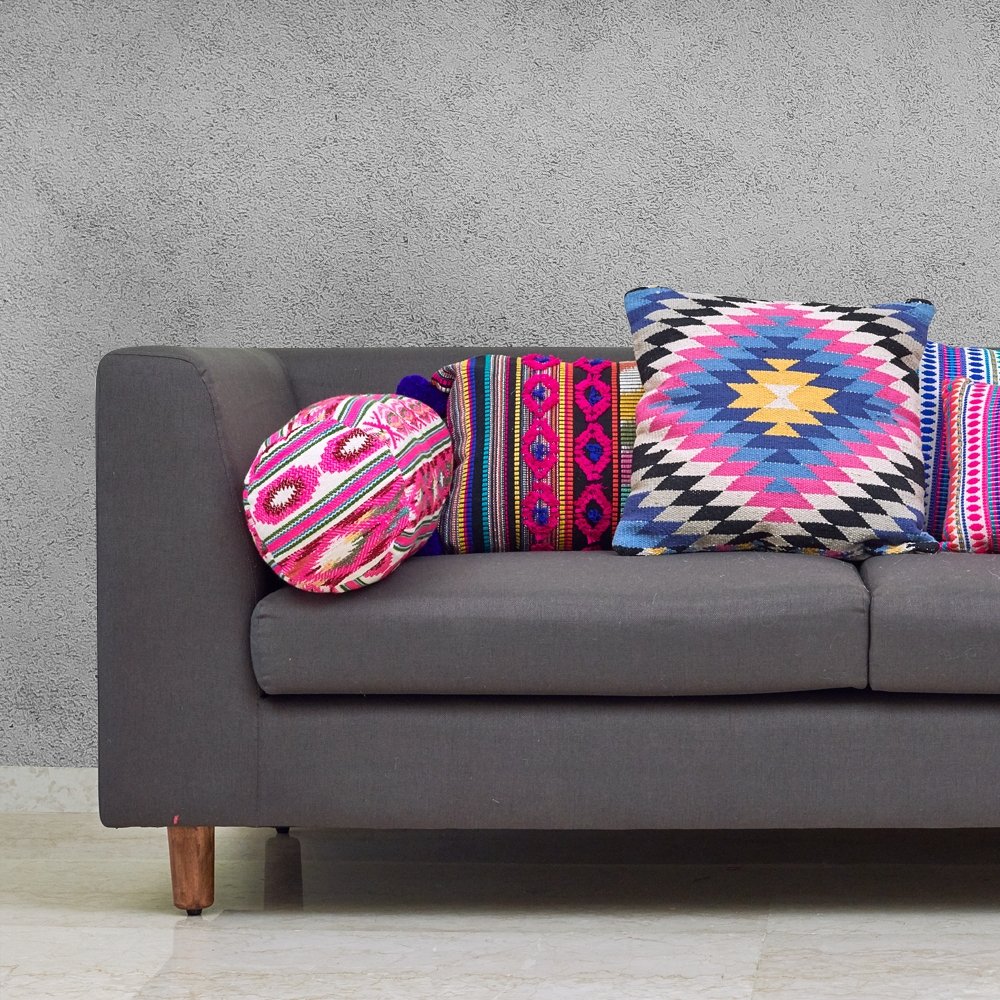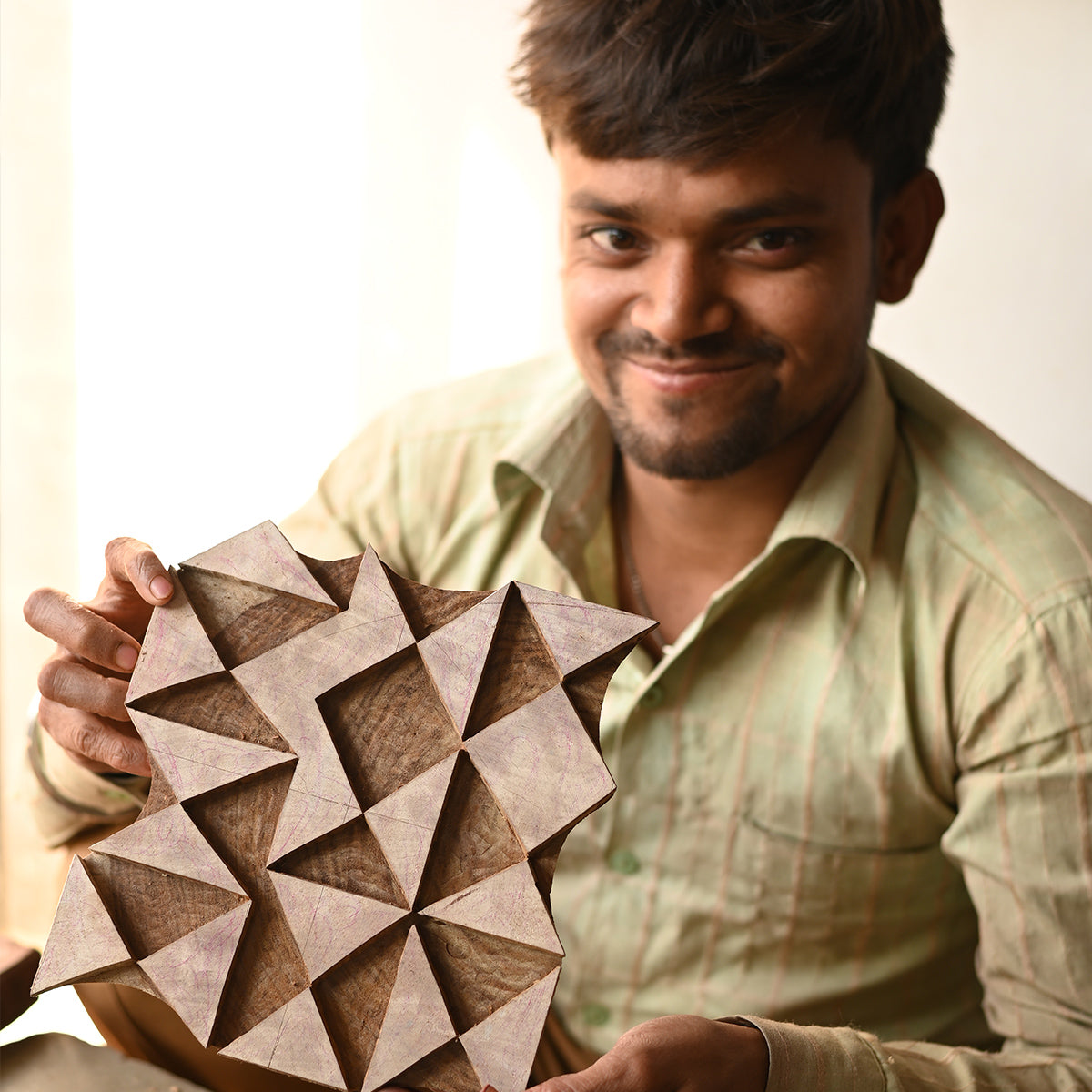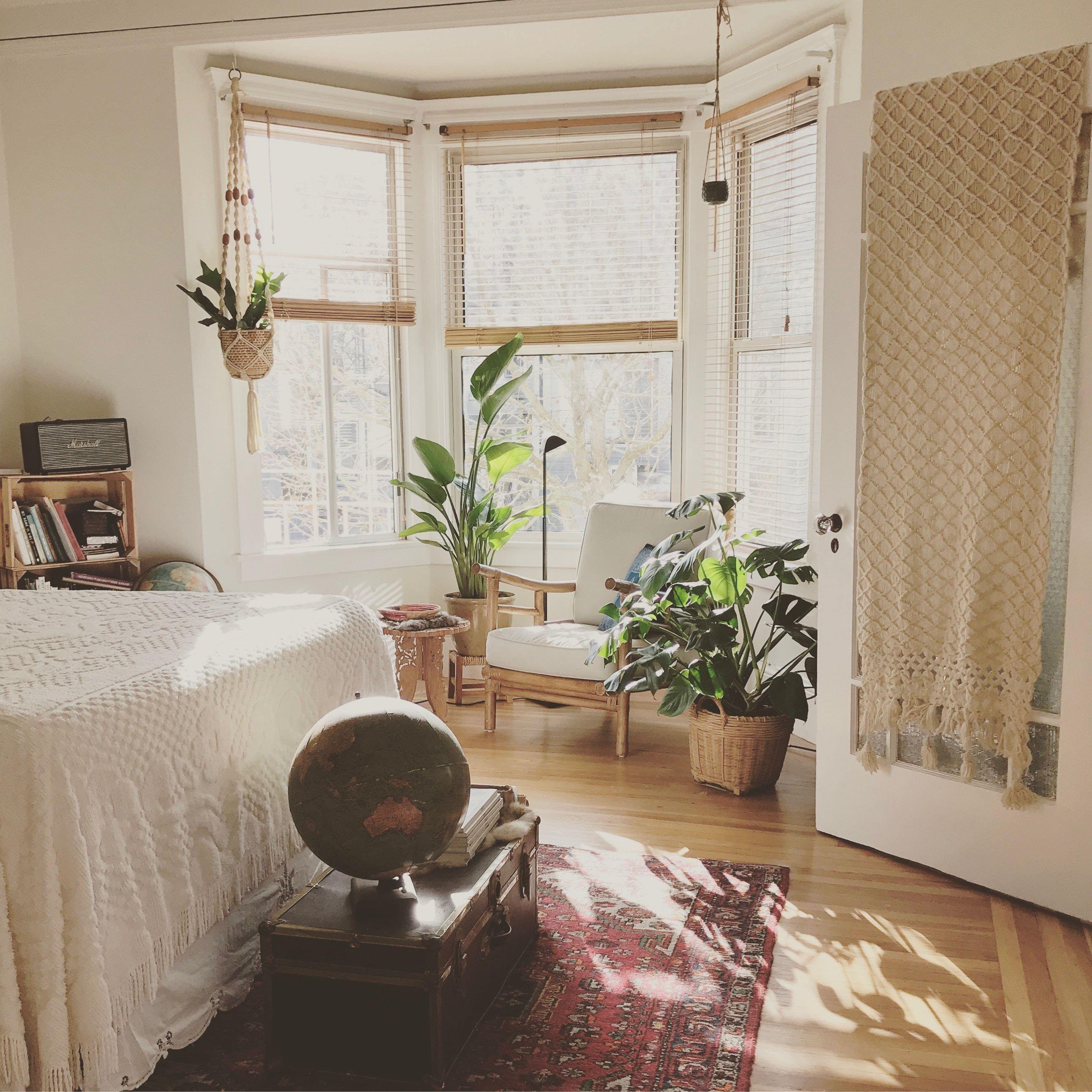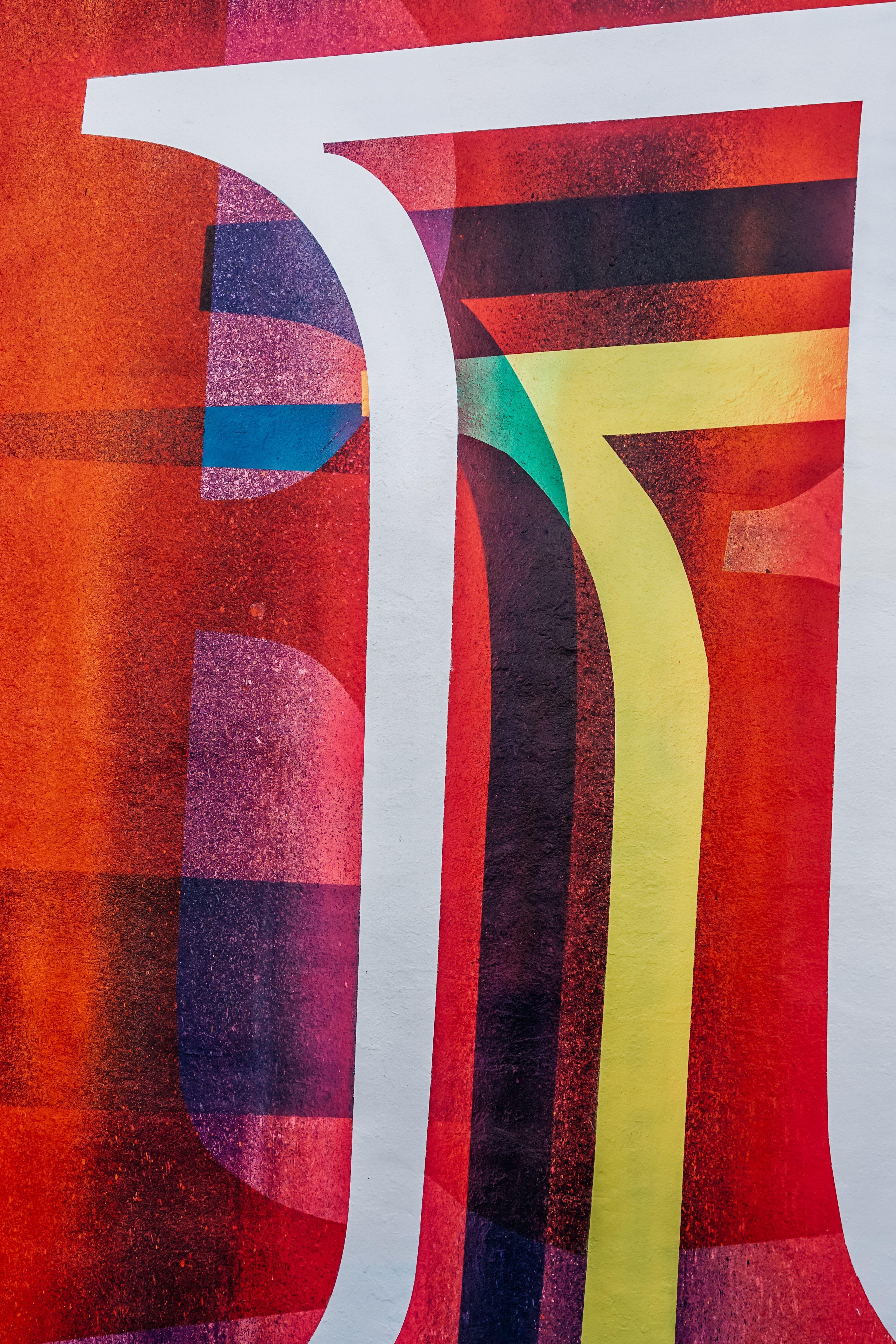
Texture in Interior Design | The Artisen
Have you ever walked into a room and were just instantly in awe of the room’s set up? The furniture, color and arrangement just give off this cosy, warm and yet artful feel.
On the other hand, it is possible that you might have experienced a situation where a set of the perfect furniture seems to be out of place in a room. You can’t seem to pinpoint the reason why but it doesn’t just feel right. You designed the room using the perfect colors, with handmade furniture and beautiful accent cushions, but then took a step back and still felt like the room was missing something. What is the missing piece that makes this room off-putting despite everything being by the book? A simple explanation for this might be the pieces you have don’t blend well texturally.
What does “texture” mean in Interior Design?
Texture, referring to the “the feel, appearance, or consistency of a surface”, plays a large part in setting the tone and mood of a room. Texture can be visual or tactile: visual texture is those that appeal to your visual sense at first glance. It means that an object or space has the ability to draw responsiveness towards itself. Tactile textures ignite your sense of touch, making you feel them to appreciate them. Thus, texture is not only the feel of your fingers when you run them through the fabric of a material or furniture, it is also in the visual appeal that a material or color provides towards the entire beauty of a room.
Whether a material is smooth, hard, silky, soft, woven or embroidered, the overall tone or mood of a room is set by combining textures of the individual materials, furniture and décor in the room. Hence, the soft cushion, covered with soft and fluffy pom poms gives a different allure than when the cushion is covered by a leather cushion cover.
How can I use Texture in Interior Design?
Depending on the overall effect of the room you are going for, you can combine materials or colors to define the balance and space you want in the room. A room with the floor entirely covered in a softly textured rug is ideal for a child’s playroom or a cosy sitting room. An office setting, however, would require a tiled, wooden or thin rug floor since this would reflect most of the lighting, giving a feeling of space and openness.
Smooth Textures

Smooth and glossy textures reflect light and make the room appear larger and make colours seem deeper. They indicate a more sleek, modern and sophisticated interior. For office environments, a smooth texture should be incorporated. This includes pieces such as elegant monochromatic designs and ceramic or marble pieces.
For soft furnishing, choose elevated and modern finishes such as satin, velvet or leather for a sleek appearance. Avoid highly textured fabrics such as slub cotton, macrame or applique.
Shop The Artisen's Range of Handmade Velvet Cushions

Rough / Natural Textures

Rough and complicated textures remind us of nature, providing a soothing effect and something interesting to look at. Items that illustrate pattern and movement would make you want to touch them, creating an intimate and grounded feeling. As a result, these textures give off a more rustic scheme, and are perfect for creating a cosy feel. If you’re looking to design a space with this homely attribute, rough textures are the go-to option. Add cosiness to any room using shaggy throw pillows, tapestries, tablecloths, soft and thick floor rugs.
Shop The Artisen's Range of Handmade Textured Throw Blankets

Monochromatic Rooms

Keeping lots of similar items in a small area makes it hard to find a focal point. If you plan to use a monochromatic color scheme, it is important to balance out the visuals using textures. Use objects with a heavy contrasting texture in the same color scheme such as a white shaggy cushion on a smooth white couch which allows the cushion to differentiate itself. Architectural elements like crown moulding or tray ceilings also add texture and focal points.
Shop The Artisen's Range of Handmade Throw Pillow

Mia Pom Pom Cushion, Natural Off White - 17x17 inch
Strive for Balance

The space between different kinds of textures determines the visual weight of a room. For example, placing a rough object right next to a smooth or shiny one will make the rough object come into focus and give a weightier look. Hence, creating the right balance with space is very important.
When dealing with texture, it is also important not to overdo it, stick to two or three textures in a room to create a focal point and an illusion of space. As with anything else, creating a balance is of utmost priority.
Don't forget about textures for your next project!

Colors dominate the conversations of interior design while textures come as an afterthought even though textures add subtle or prominent dimensions to a room through their visual and tactile cues. Textures are the small details that make a big impact in the overall look of the room. They are the final threads that sew the pieces together for the final look, they cannot and should not be overlooked.






